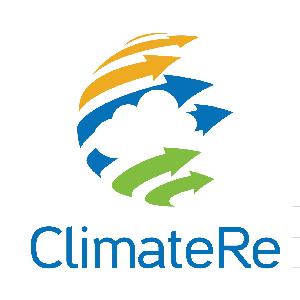
Reducing methane emissions from rice farming by ClimateRe
Please find below the
Finalist Evaluation
Judges'' ratings
| • | Novelty: | |
| • | Feasibility: | |
| • | Impact: | |
| • | Presentation: |
Judges'' comments
Great work, the proposal has taken considerations to the raised comments by the Judges. The judges felt it was realistic, high impact, inclusive and sustainable.
They would've liked to see more details on the methane emission reduction potentials of SRI. Also more details on potential revenue from CDM carbon offset.
Semi-Finalist Evaluation
 Benjamin Huber Jul 16, 2016 08:50 | Proposal contributor Dear Judge Thanks a lot for your encouraging comments. Below please find our answer. Best regards, Benjamin Methane emission reduction potential of SRI According to the CDM methodology AMS-III.AU emission reductions are estimated using default values ranging from 0.6 to 1.5 kgCH4/ha/day. The values depend whether double or single cropping is practiced and whether the project activities are shifted to intermitted flooding with single or multiple aeration. For this project we use a default value of 0.72 kgCH4/ha/day. Based on a project area of around 55,000 ha after ten years, a rice growing period of 120 days/year and a GWP of CH4 of 21 tCO2eq/tCH4, the project will reduce about 500,000 tCO2eq. Estimated methane reduction potential of SRI is > 20% and global methane emission from rice is estimated 50 to 100 Mt/year. Even with most conservative estimate, the global methane emissions will be reduced by minimum 10 Mt/year (210 MtCO2eq). Potential revenues from CDM carbon offset The price of carbon credits depends on several factors such as quality/standard and project type, demand and regulation. Because of its high socio-economical benefits in addition to the GHG reduction potential, we will develop a gold standard project. Based on the current prices of Gold Standard certificates we estimate an average price of 5 USD / ton CO2, resulting in revenues of approx. 2.5 Mio USD. Even if the carbon price will further decrease the project will also be financially sustainable with 3 USD / ton CO2. However, with the positive outcome of COP21 we rather expect the carbon price to increase in coming years. |